For clerics, their time in Auschwitz turned out to be a great challenge. The fact, that after the war many of them were granted the highest honours of the Catholic Church proves that they followed their vocation.
For clerics, their time in Auschwitz turned out to be a great challenge. The fact, that after the war many of them were granted the highest honours of the Catholic Church proves that they followed their vocation.
Father Maksymilian Maria Kolbe
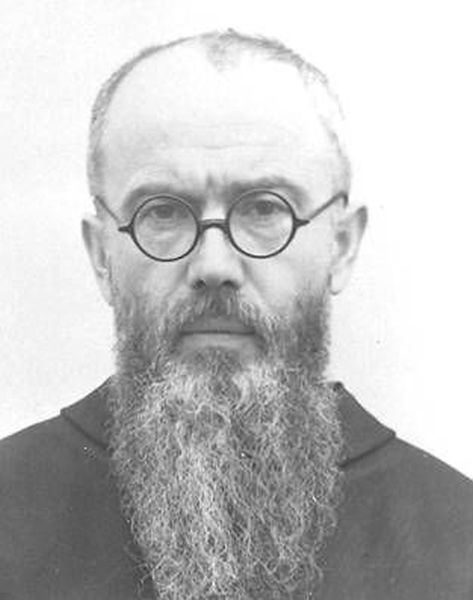
Source: A-BSMA
A Franciscan of the Order of Friars Minor Conventual (OFM Conv), Father Maximilian Maria Kolbe, the first martyr from Auschwitz and the first Pole to be canonised after the Second World War. Maximilian Maria Kolbe (born on 8 January 1894) was arrested on 17 February 1941 in Niepokalanów, where he was the father superior, guardian. After a few months’ investigation in the Warsaw prison of Pawiak, he was transported to Auschwitz on 25 May 1941. Late in July, one of the inmates decided to escape from the camp. In retaliation, 10 inmates from the same block were sentenced to death by starvation. During the selection, one of the chosen, Franciszek Gajowniczek, asked to save his life as he had wife and children. Hearing these words, Father Kolbe stepped forward, and addressed the SS offering to stand in for the despairing fellow inmate. The commander of the selection, Karl Fritzsch, agreed and Father Kolbe joined the remaining inmates. They were then taken to the cellars of Block 11. Emptying of the cell was ordered two weeks later. Most inmates were already dead, yet some still showed signs of life, and Father Kolbe was one of them. Therefore, the SS staff decided to finish off the living inmates with injections of phenol. Father Kolbe was recognised a martyr by the Roman Catholic Church and announced a blessed by Paul VI in 1971. In 1982, Pope John Paul II canonized him.
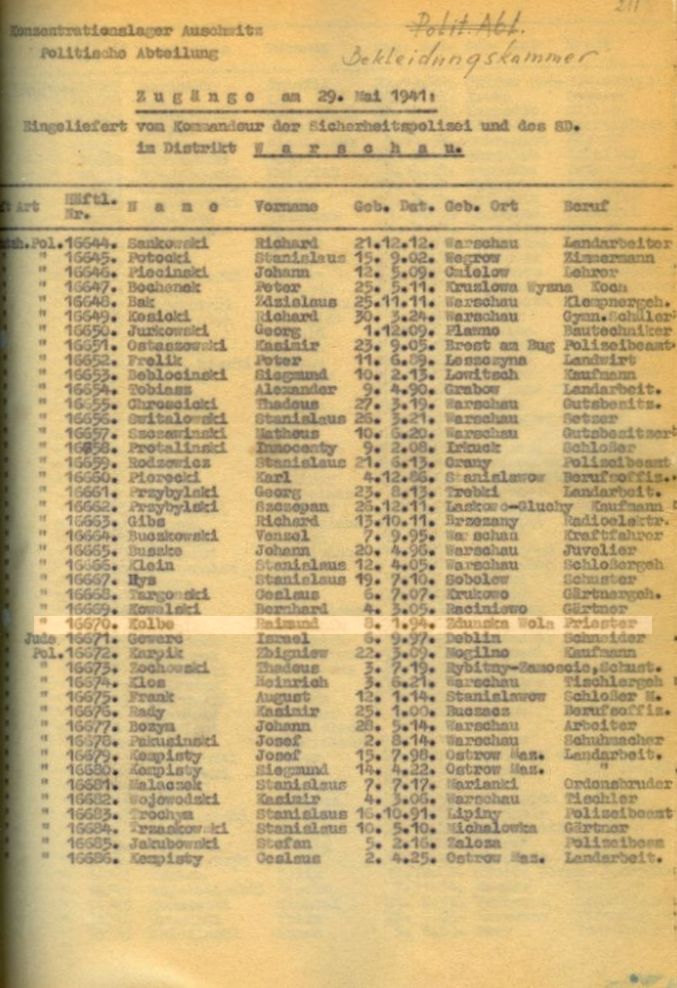
Source: A-BSMA
The first page of the list of names of inmates transported to the camp on 25 May 1941, from the Pawiak prison in Warsaw. Number 16670 was assigned to Rajmund Kolbe—Father Maximilian.
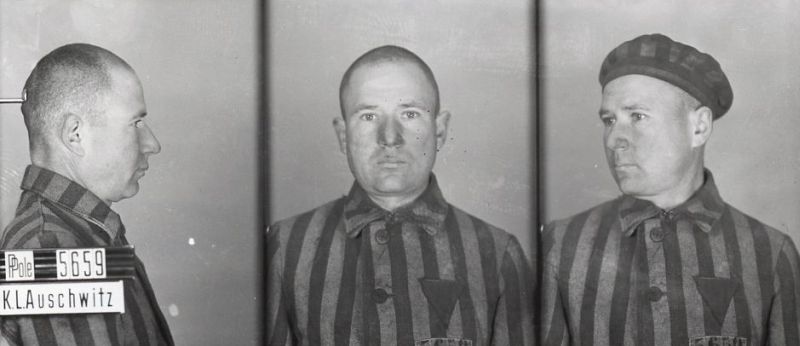
Source: A-BSMA
Franciszek Gajowniczek (prisoner number 5659) was a professional soldier, participant of the defensive war in September 1939. Brought to Auschwitz on 8 October 1940, he was transferred on 25 October 1944 to Sachsenhausen, where he lived to see liberation.
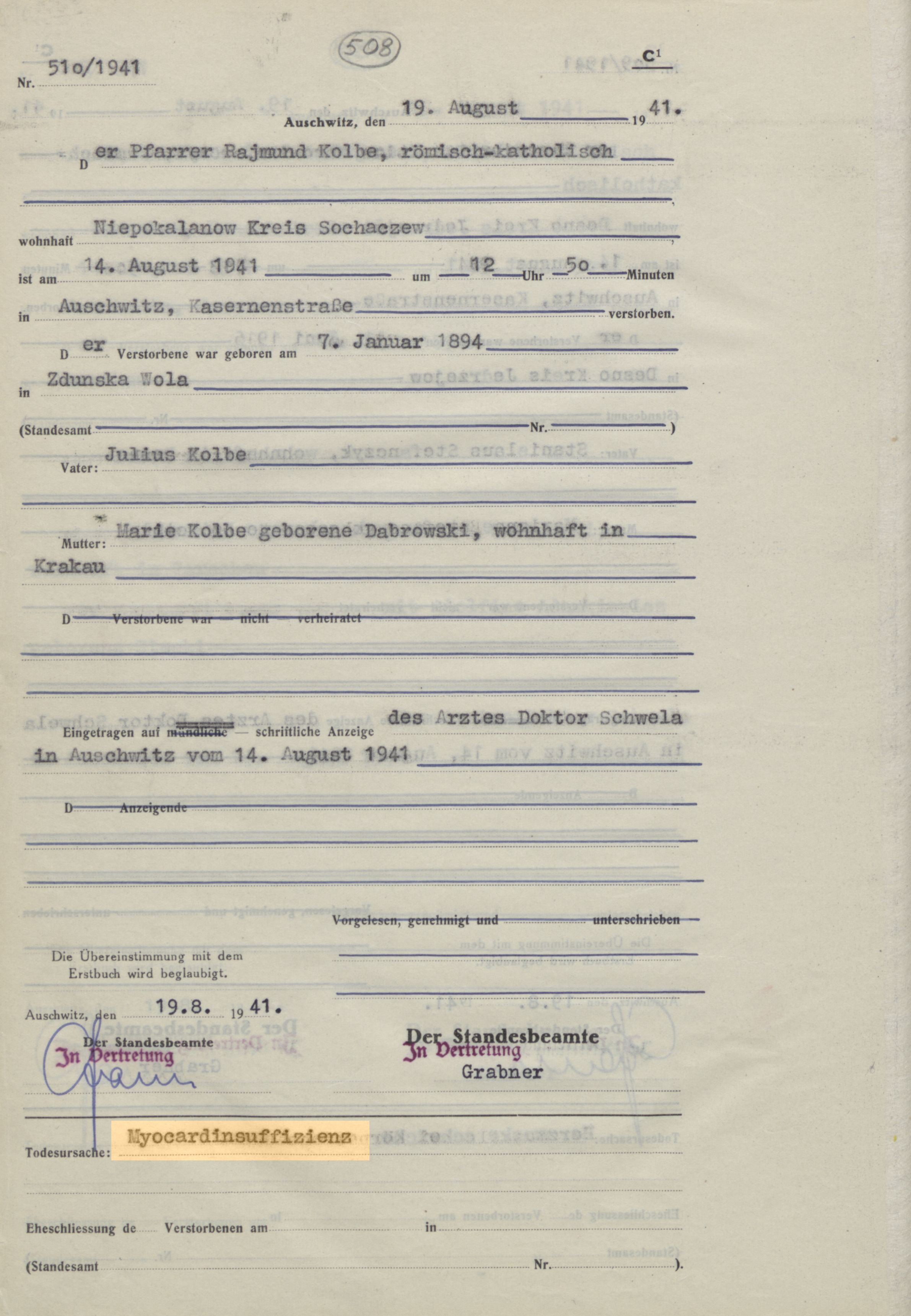
Source: A-BSMA
The death certificate issued by the administration of the camp, confirming the death of Father Kolbe in Auschwitz. The cause of death given is Myocardinsuffizienz: myocardial insufficiency.
Sister Teresa Benedicta of the Cross
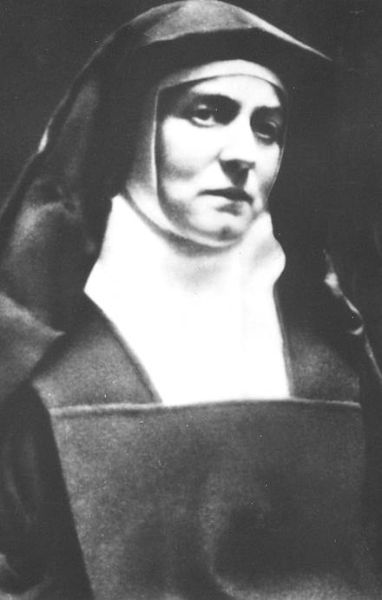
Source: A-BSMA
The second Auschwitz inmate to be canonized was Sister Teresa Benedicta of the Cross (Edith Stein) from the Order of Discalced Carmelites (OCD). Born on 12 October 1891, Edith Stein was a German Jew from Wrocław, Doctor of Philosophy specialising in phenomenology. A teacher at the girls’ colleges in Speyer and later in Münster. Converted to Christianity in 1922, she joined the Carmelite convent in Cologne in 1933. With the attacks on the Jews intensifying in Germany, Sister Theresa Benedicta was moved to the Carmelite convent in Echt in the Netherlands. There she studied the works of St John of the Cross. In 1942, after protests of Roman Catholic Church against the persecution of the Jewish citizens of the Netherlands, the German occupying powers ordered detaining Catholic clergy of Jewish origin. Edith Stein was arrested on 2 August 1942 and taken to Amersdoort and later to Westerbork. A few days later, a transport of 987 Jews from Westerbork was sent to Auschwitz. Their number included Edith Stein and her older sister, Rosa Stein. After a selection on the ramp in Birkenau, both were sent to the gas chamber, where they were killed, most probably on 9 August 1942. Pope John Paul II beatified Edith Stein in 1987 and canonised her in 1998. A year later the nun became one of the six patron saints of Europe.
In the recognition of the extreme heroism of their faith, on 13 June 1999, Pope John Paul II announced the following people blessed martyrs:
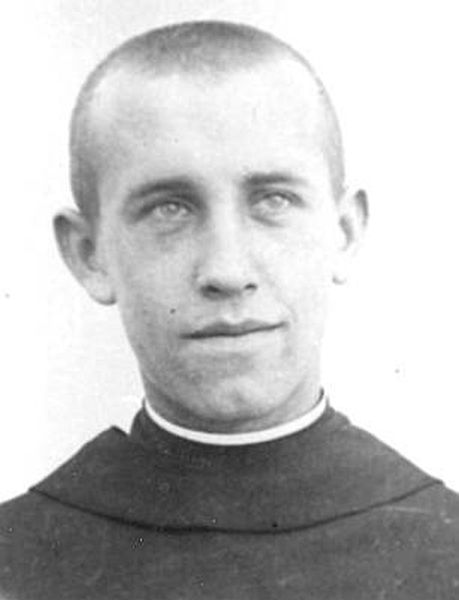
Source: A-BSMA
Father Jan Antonin Bajewski (born on 17 January 1915), a Franciscan (OFM Conv) was arrested on 17 February 1941, brought to Auschwitz on 5 April 1941 (prisoner number 12764), fell ill as a result of beating. Died in the camp hospital on 8 May 1941.
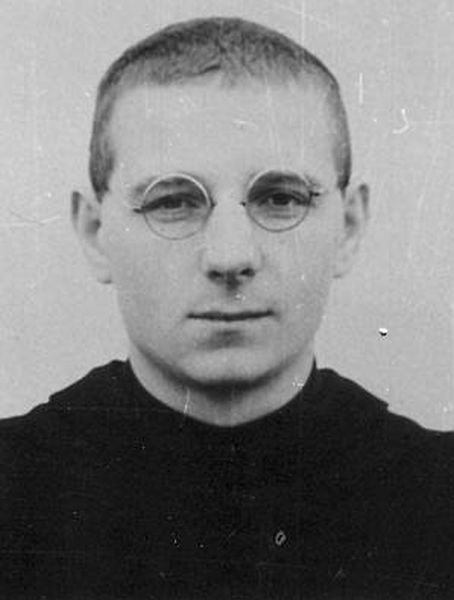
Source: A-BSMA
Father Ludwik Pius Bartosik (born on 21 August 1909), a Franciscan (OFM Conv), was the deputy of Father Kolbe in Niepokalanów. Arrested on 17 February 1941, was brought to Auschwitz on 5 April 1941 (prisoner number 12832). In the camp he became seriously ill with erysipelas of the face. He was included in the group of clerics who were to be transported to the camp in Dachau on 4 May 1941. Yet, probably because of the illness, he stayed in Auschwitz and died in the camp hospital on 13 December 1941.
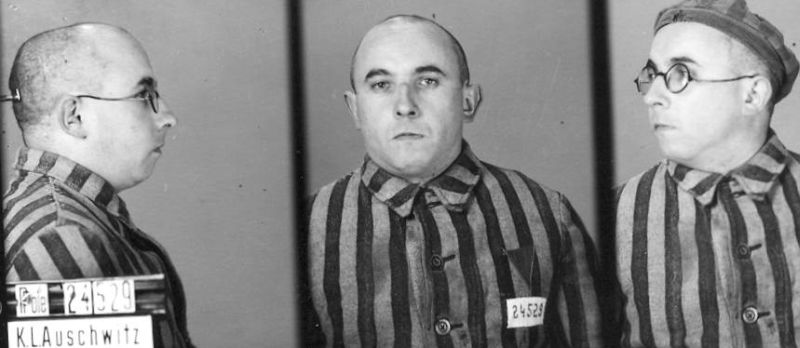
Source: A-BSMA
Father Piotr Edward Dańkowski (born on 21 June 1906), from the Archdiocese of Cracow. After the outbreak of the war he was involved in the resistance. Together with his brother, they operated a radio receiver and wrote messages. He helped people fleeing to Hungary to cross the border near Zakopane. Arrested on 10 May 1941, interrogated in the Palace prison in Zakopane and in Tarnów, he was brought to Auschwitz on 15 December 1941 (prisoner number 24529). Sent to work on the construction of a chemical plant (Buna Werke), he was badly beaten. Father Władysław Puczka, another priest working in the same Kommando, recalls that Father Dańkowski had plenty of problems due to his low stature and lack of experience with physical labour. Kapo Hans, one of the supervisors of the Kommando used every opportunity to prove to the priest that he was lazy and would punish him with a club. Beaten and exhausted, the priest was admitted to the camp hospital. He owed that to fellow inmates from Zakopane, good friends, some of them being doctors. Released from the hospital, he was assigned to a work detail digging irrigation ditches in the newly built Birkenau camp. There, he was beaten by Kapo Hans again and died in the camp on 8 April 1942.
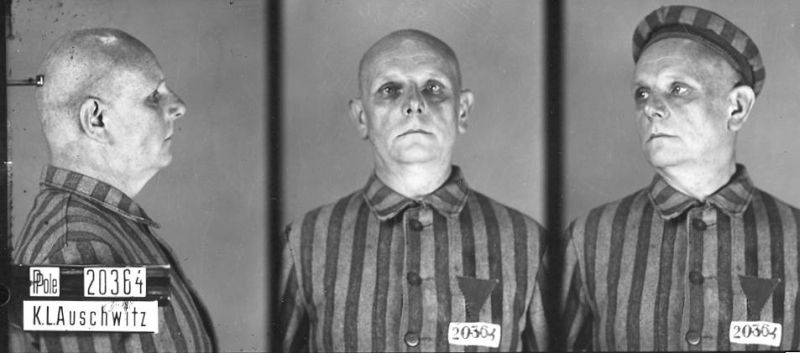
Source: A-BSMA
Brother Feliks Symforian Ducki (born on 10 May 1888), a Capuchin (OFM Cap), arrested on 26/27 June 1941 in Warsaw, on suspicion of harbouring hostile attitude to German authorities. After an investigation at Pawiak prison on 4 September 1941, he was transported to Auschwitz (prisoner number 20364). He worked on the construction of the barracks in the Landwirtschaft agricultural Kommando. Twice sent to the camp hospital, he died in the camp on 11 April 1942, as a result of beating by prisoner functionaries.
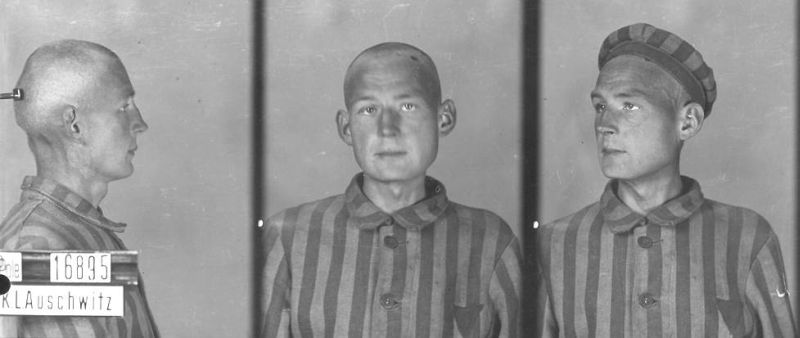
Source: A-BSMA
Father Józef Jankowski (born on 17 November 1910, a Pallottine (SEC), after the outbreak of the war he took care of the seminar and monastery in Ołtarzewo. Arrested on 16 May 1941, on 28th of May transferred to Auschwitz (prisoner number 16895). He was assigned to works on the construction of fencing for the pastures in Babice. Died after the savage beating by a prisoner functionary, Kapo Krott, on 16 October 1941.
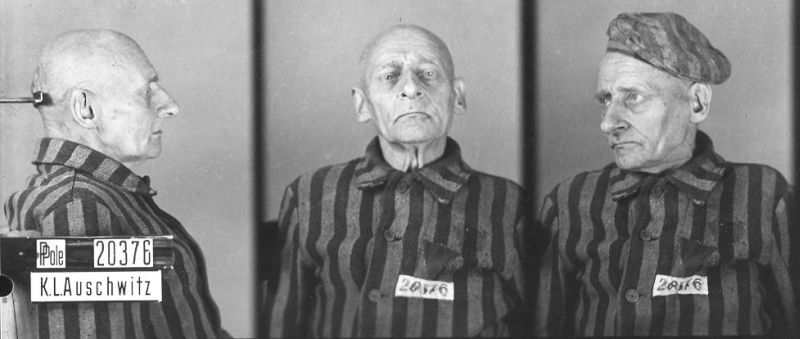
Source: A-BSMA
Father Wojciech Anicet Kopliński (born on 30 July 1875), a Capuchin (OFM Cap) monk of German origin, known as “the almsgiver of Warsaw”, the guardian of the poor, orphaned, and Warsaw students. Arrested on 26/27 June 1941 in Warsaw on suspicion of harbouring hostile attitude to German authorities. After an investigation in Pawiak prison in Warsaw on 4 September 1941, he was brought to Auschwitz (prisoner number 20376) where he worked on the construction of the barracks. Died of exhaustion on 16 October 1941.
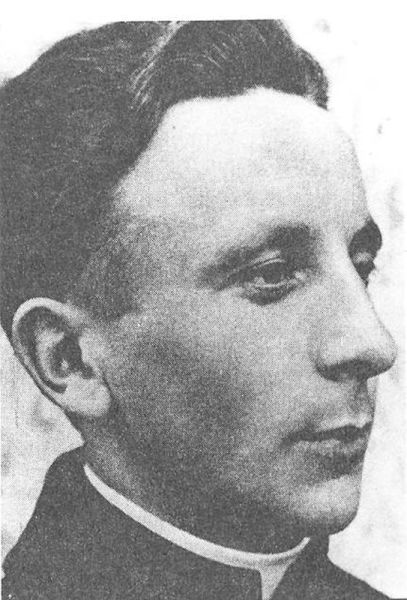
Source: A-BSMA
Father Józef Kowalski (born on 13 March 1911), a Salesian (SDB). Arrested on 23 May 1941, brought to Auschwitz on 26 June 1941 (prisoner number 17350). He was incorporated into the penal work detail together with other Salesians of Don Bosco and Polish Jews. He worked in the gravel pit near the so-called Theatergebäude, where he witnessed the martyrdom of four fellow Salesians. Released from the Strafkompanie, he was moved from Block No. 13 (later No. 11) to Block No. 1, and then No. 8 (later No. 23). The priest sent several letters from the camp to his family, informing about the vicissitudes of lives of other Salesians detained in Auschwitz. One day in July 1941 he participated in the service and sermon celebrated by a Franciscan, Father Maximilian Kolbe. With utmost caution, on 16 November 1941 Father Kowalski himself celebrated a holy mass on the upper floor of Block No. 4. The following mass with Father Kowalski was celebrated in the cellars of Block No. 5, and the following—on 24 December in the attic of one of the blocks. Late in May 1942, the authorities began to set up another transport of clerics to Dachau. A group of 60 inmates was taken to the camp bath, and a rosary was found on Father Kowalski during a search. One of the SS officers, probably Gerhard Palitzsch, threw the rosary on the ground and ordered Father Kowalski to trample it. The priest refused and was punished by being sent back to the penal work detail. A few days after the 58 clerics left for Dachau, the penal detail was sent to work on earthen works in the Birkenau camp being built at the time. The inmates were to dig a major draining trench, known as Königsgraben (the king’s ditch). On 10 June 1942, a group of inmates from the Strafkompanie decided to escape from the site.
In retaliation, several dozens of inmates who did not escape were shot dead, and around 300 were earmarked for death in the gas chamber. Nonetheless, 10 inmates—including Father Kowalski—were withdrawn from the group. Of the 500 people in the original penal work detail, 150 survived. A period of horrible tortures began for them: they were thrown down from an embankment, drowned in liquid manure, kicked, etc. The Kapos summoned Father Kowalski, made him stand on a barrel and preach a sermon. The father said the prayers: Beneath Thy Protection, Our Father, and Hail Mary. After he finished, Kapo Karol Langenhagen pushed him off the barrel and started to kick him. A few days later on the night of 3/4 July 1942, Father Kowalski was summoned again, this time by Kapo Józef Mitas. On the following day, the same Kapo showed one of the inmates the body of Father Kowalski soiled with faeces. The priest was most probably drowned in a barrel with faeces. His death certificate states that he died on 4 July 1942.

Source: A-BSMA
Father Wojciech Nierychlewski (born on 20 April 1903), member of the Congregation of Saint Michael the Archangel (CSMA), from 1938 responsible for the Powściągliwość i Praca publishing house and press. In October 1941 he delivered himself to Gestapo so that the Germans released an employee of the printing press who had been arrested earlier and had a family. After his self-denunciation, the Germans also stopped repressing his order. He was detained in the Montelupich prison in Cracow. On 10 January 1942 he was brought to Auschwitz (prisoner number 25468), where he died on 7 February 1942.

Source: A-BSMA
Father Roman Sitko (born on 30 March 1880) came from the Diocese of Tarnów. He was a lecturer at the seminary of divinity, also during the Nazi occupation. Accused of anti-German activity, he was sentenced by the Special Court (Sondergericht) to 6 months of detention, which he served in Tarnów prison. When his term was over, on 20 August 1942 he was transferred to Auschwitz (prisoner number 61908), where he fell ill with pneumonia and died of exhaustion on 17 October 1942.
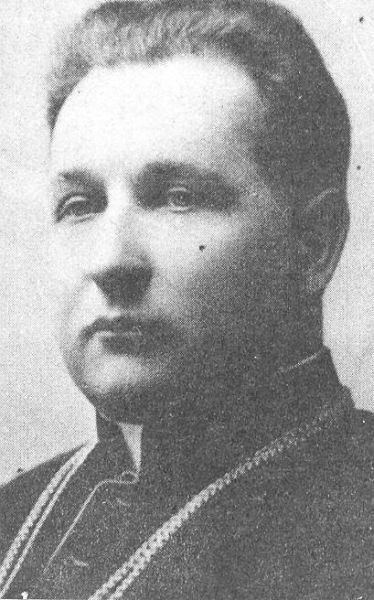
Source: A-BSMA
Father Kazimierz Sykulski (born on 29 December 1882), from the Dioceses of Sandomierz, the parish priest of Końskie, Dean of Opatów Chapter. As a chaplain, Father Sykulski participated in the Bolshevik War of 1920. A member of the Council of the Commune of Policzna and county parliaments in Końskie and Kozienice. In 1919–20 he was a deputy to the Polish Parliament. Awarded the Golden Cross of Valour in recognition of his charitable activity in 1938. After the outbreak of war, he was arrested three times. Twice (in September and November 1939) released, for the third time he was detained on 1 October 1941 because of contacts with members of clandestine organisations and support given to the resistance troop commanded by Major Henryk Dobrzański “Hubal”. He was brought to Auschwitz on 24 October 1941 (prisoner number 21962), where he was sent to work in concrete production facility. By the verdict of the so-called drumhead court-martial in Radom sentenced to death by firing squad and killed on 11 December 1941 in Auschwitz concentration camp.
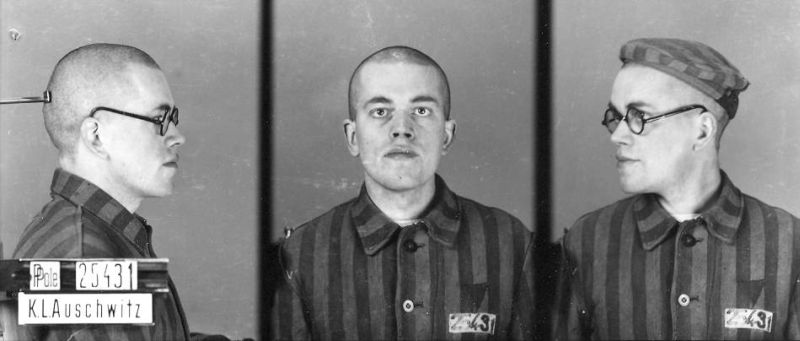
Source: A-BSMA
Brother Stanisław Tymoteusz Trojanowski, a Franciscan (OFM Conv), operated the warehouse for the order’s publishing house in Niepokalanów. Arrested on 14 October 1941, brought to Auschwitz on 9 January 1942 (prisoner number 25431). Died in the camp of exhaustion on 28 February 1942.
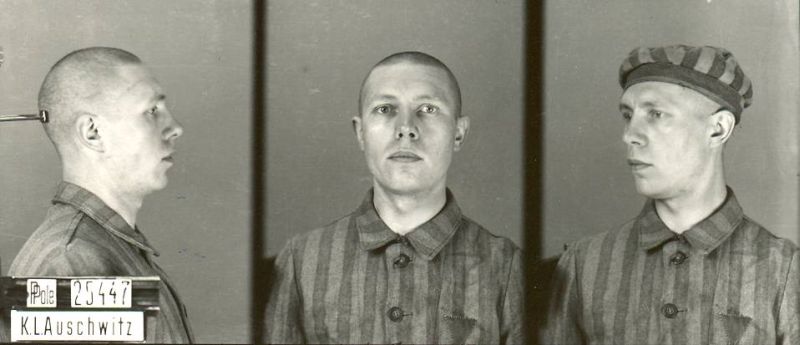
Source: A-BSMA
Brother Piotr Bonifacy Żukowski, a Franciscan (OFM Conv), was the deputy head of the printing press at Niepokalanów. Arrested on 14 October 1941, he arrived in Auschwitz on 9 January 1942 (prisoner number 25447). In the camp he worked among others in the roofer work detail. He died of exhaustion on 10 April 1942.
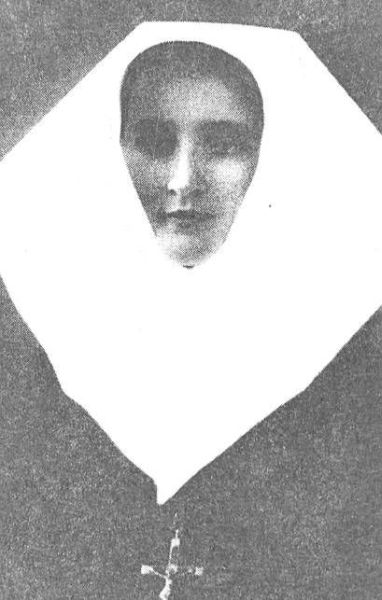
Source: A-BSMA
Sister Katarzyna Celestyna Faron (born on 24 April 1913), a Servant of the Immaculate Conception of Stara Wieś (SNMNP), kindergarten teacher, mother superior of the house of the order in Brzozów. Arrested because of a denunciation of the contacts the nuns had with an underground organisation. Deported to Auschwitz on 6 January 1943 (prisoner number 27989). In the camp, she taught young women inmates’ mathematics and foreign languages. She died of exhaustion on 9 April 1944.
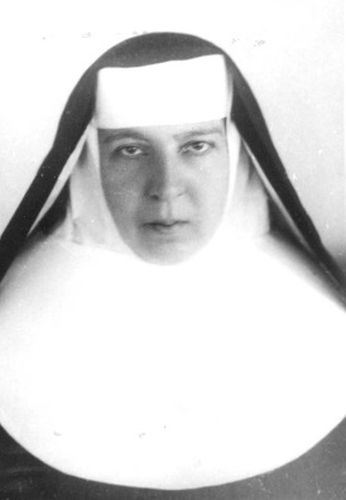
Source: A-BSMA
Sister Maria Klemensa Staszewska (born on 30 July 1890), an Ursuline Sister (OSU) and teacher, she was the mother superior of the convent in Rokiciny Podhalańskie, where the sisters aided the poor, the wounded, the refugees, and also Jews. She was arrested on 26 January 1943, and a month later deported to Auschwitz (prisoner number 38102). She worked in the camp tailor’s shop, and died of exhaustion on 27 July 1943.
The history of detainment and displacement of every priest or person leading a consecrated life to the camp is a contribution to the portrayal of the exceptional situation in which the clergy found itself, especially in the territory of occupied Poland. It also proves their great significance in a society purposefully devoid of authorities and leaders by the German occupant.
